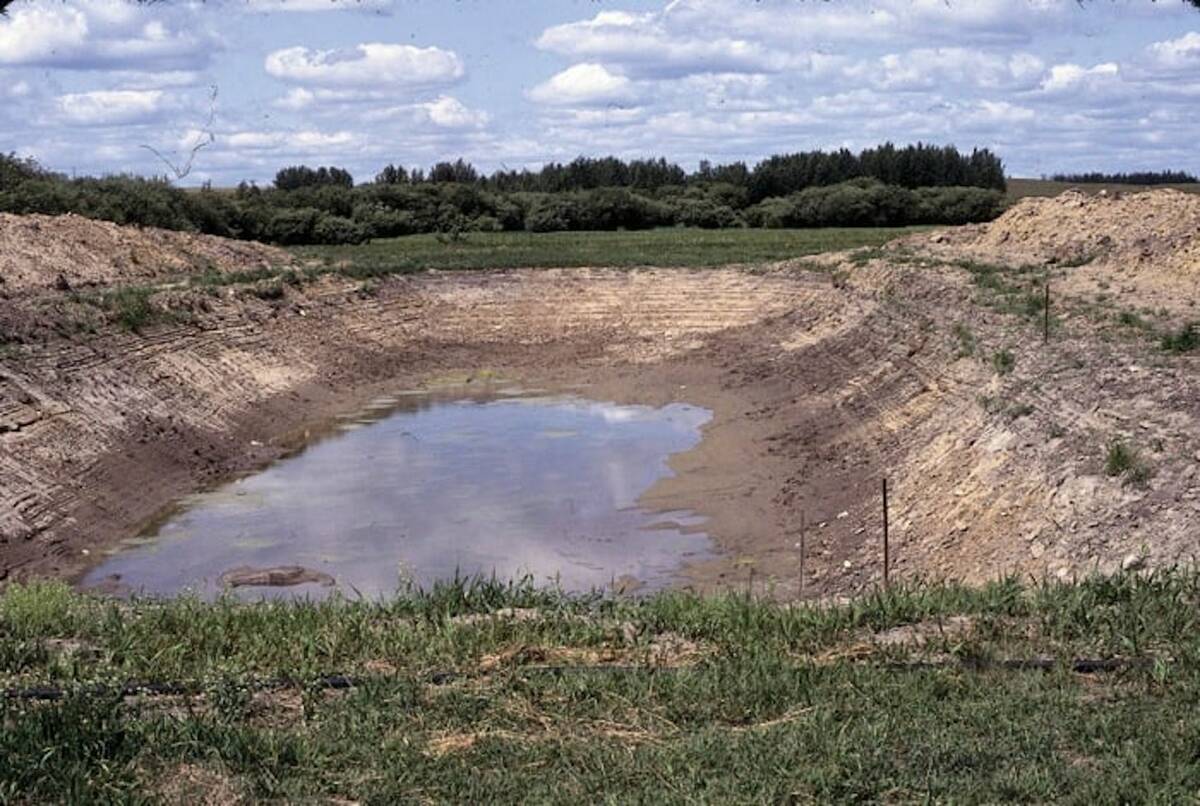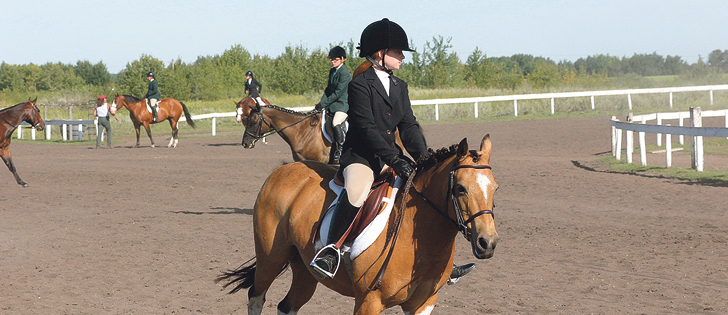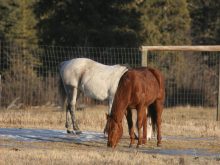For centuries, people have taken their domestic animals, and the diseases they carry, around the world. Spanish conquistadors brought herds of horses on ships from the Old World to North America.
Those that escaped or were set free became the founding populations of the familiar North American breeds including the feral mustangs, Appaloosas, Paints and Quarter Horses.
In modern times, air travel has allowed for more efficient horse movement. Each year, thousands of horses fly around the world to new homes, competitions, for breeding purposes and the horse meat trade. A single horse can travel the world in less than two days in specialized cargo airplanes that accommodate portable horse stalls.
Read Also

Dry summer conditions can lead to poor water quality for livestock
Drought conditions in the Prairies has led to an decrease in water quality, and producers are being advised to closely monitor water quality for their animals.
On an international scale, large equestrian events such as the Olympics and various world championships necessitate the movement and gathering of horses from around the world.
Closer to home but much more frequently occurring, horses and owners cross the Canada-United States border to reach equine competitions on either side of the 49th parallel.
In addition to competition, horses are also moved locally, nationally and internationally when sold and for breeding.
When large groups of animals come together, there is always the risk of infectious disease spread. This was highlighted by the 2011 outbreak of equine herpes virus-1 after a cutting horse event. Nearly every year, vesicular stomatitis rears its head, mainly in the southern U.S., causing event cancellations and disruptions.
The risk of infectious diseases is why many events take precautions to reduce disease spread. This often includes proof of a negative test for equine infectious anemia (also known as swamp fever), a deadly viral infection of horses that has no vaccine and no treatment.
Even horses that show no signs of illness can present risks. Inspectors and horse owners may miss the sub-clinical infections, yet these horses may be spreading pathogens.
A review of infectious diseases spread by international horse movements by Morgane Dominguez of the World Organization for Animal Health (OIE) and colleagues in the Equine Veterinary Journal revealed some intriguing findings.
When diseased horses were imported, more than 80 percent were not detected in post-arrival quarantine. Of those, roughly half resulted in spread to local horse populations. The most commonly imported diseases were equine influenza and contagious equine metritis.
The instances of disease importation were the result of horses moved permanently across the border or when horses were moved illegally. None were associated with temporary events involving racing or show jumping competitions.
Canada has strict importation requirements for horses to keep certain diseases out. All horses of breeding age must be tested for contagious equine metritis if the disease is present in the horse populations of the country of origin.
This reproductive disease and others like equine piroplasmosis are reportable, meaning veterinarians and owners have an obligation to report suspected cases to the Canadian Food Inspection Agency.
Whether moving horses locally or internationally, horse owners and competitors should observe the regulatory and competition measures to reduce disease spread.
Horses with outward signs of illness should be kept home. Individuals can also practice infectious control by vaccinating. Breeding animals can be screened for certain sexually transmitted infections.
At horse events, those caring for animals can limit contact with other horses, thoroughly wash equipment and avoid communal buckets and water troughs.
It is a good idea to segregate horses that have travelled off the farm from the rest of the herd for at least two weeks and prevent nose-to-nose contact. These precautions can reduce the risk of health problems.

















